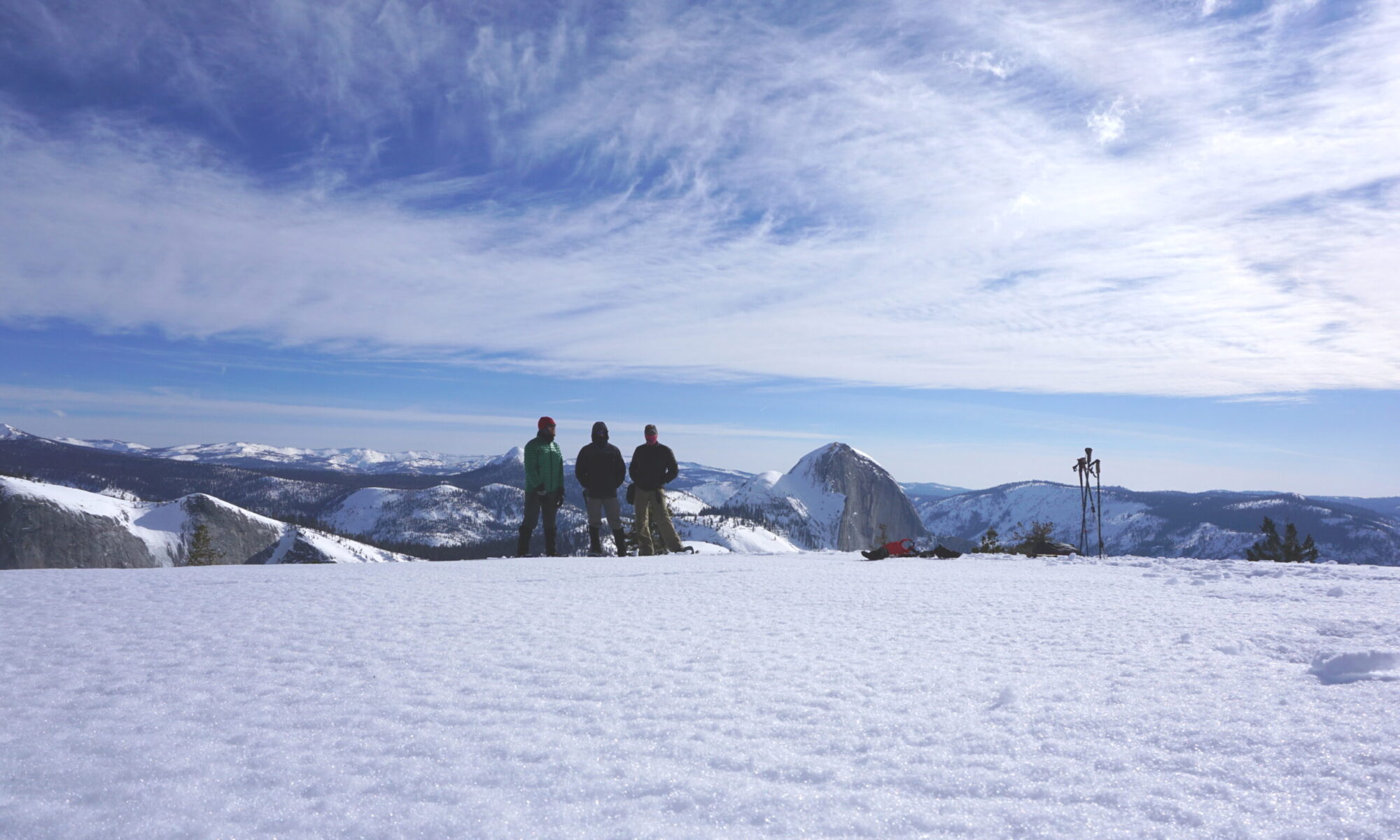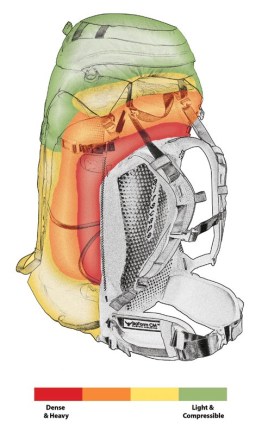Packed efficiently, a backpack can swallow an amazing array of gear. But what goes where? There’s no one right way to pack. Lay out all your gear at home and try out different loading routines until you’ve found what works best for you. Use a backpacking checklist to ensure you have everything and make notes on your list about what worked well (or poorly) after each trip.
This article offers packing tips and explains the proper way to manage your payload. A well-loaded pack will feel balanced when resting on your hips and won’t shift or sway as you hike with it.
Packing can be broken down into three zones, plus peripheral storage:
-
-
- Bottom zone: Good for bulky gear and items not needed until camp.
- Core zone: Good for your denser, heavier items.
- Top zone: Good for bulkier essentials you might need on the trail.
- Accessory pockets: Good for essentials you’ll need urgently or often. This includes the brain (top section of the pack), side pockets, and hip pockets.
- Tool loops and lash-on points: Good for oversized or overly long items.
-
Visualize stacking cordwood. You’re laying down rows, not building columns: Fill nooks and crannies until you have a solid, stable load—and be sure weight is equally balanced on each side. Tighten compression straps to streamline your load and prevent it from shifting as you hike.
Sleeping Bag First!
What comes out last, goes in first, because your sleeping bag is the last thing you’ll need at the end of the day. Plus, having a large, light item at the bottom of your pack perfectly sets you up to be able to pack your heaviest gear at the center of your shoulder blades. So, first thing’s first: put your sleeping bag at the bottom of your pack.
Put the Weight Where It Needs To Be
There are a few tricks that keep the aches and pains of hoisting 40-pounds of life necessities up mountains at a minimum—namely properly distributing the weight you’re carrying. Lightweight items go in first—on top of your sleeping bag. This includes clothes, and other odds and ends. Your heaviest items (bear canisters full of food, pots stuffed with food and clothes) and the bulk of the weight of your pack (including water bladders) should be centered between your shoulder blades and close to your back. Then, fill in the rest of your pack with middle-weight gear (first-aid, stove, water filter, etc.) further away from your back and in the middle of the pack—filling in the excess space.
Use Your Brain
The brain—aka the zippered pocket at the top of your pack—is your best friend. Keep everything that you need quick access to during the day here. Sunscreen, snacks, GPS, a headlamp, or an extra layer of clothing belong in your brain. Keeping these necessities where you can have quick access to them will undoubtedly save you from time spent on the side of the trail dissecting your pack, just for a tube of lip balm.
Keep It Together
Invest in some small zippered bags (not plastic bags, because that’s wasteful!) that can help keep smaller items wrangled together. Put your silverware in one bag, toiletries in another, and snacks in another. That way, you won’t be digging through your pack at sunset trying to find a fork when your hunger level is at a strong 10. This is also a great way to cut down on bottles and containers that you won’t need out there. Just squeeze foot powder, sunscreen, toothpaste, into baggies (we can recommend plastic bags for these messier items).
Say No to Backpack Ornaments
Sometimes, not everything fits inside your pack. Tents can be awkwardly shaped and hiking poles can impale your pack—leaving you with gear to attach to your person externally. Luckily, most packs are equipped to handle these scenarios without leaving you looking like a backcountry Christmas tree—with gear dangling all around you (and getting in your way). Attach your tent or sleeping pad to the bottom of your pack horizontally, and use side straps to lock your poles down vertically. Whatever you do, attach external gear in the direction that maintains the integrity of your packs’ shape—because nothing is worse than walking down a trail hitting every tree, shrub, and person that you pass by. Remember, it’s all about staying balanced.



